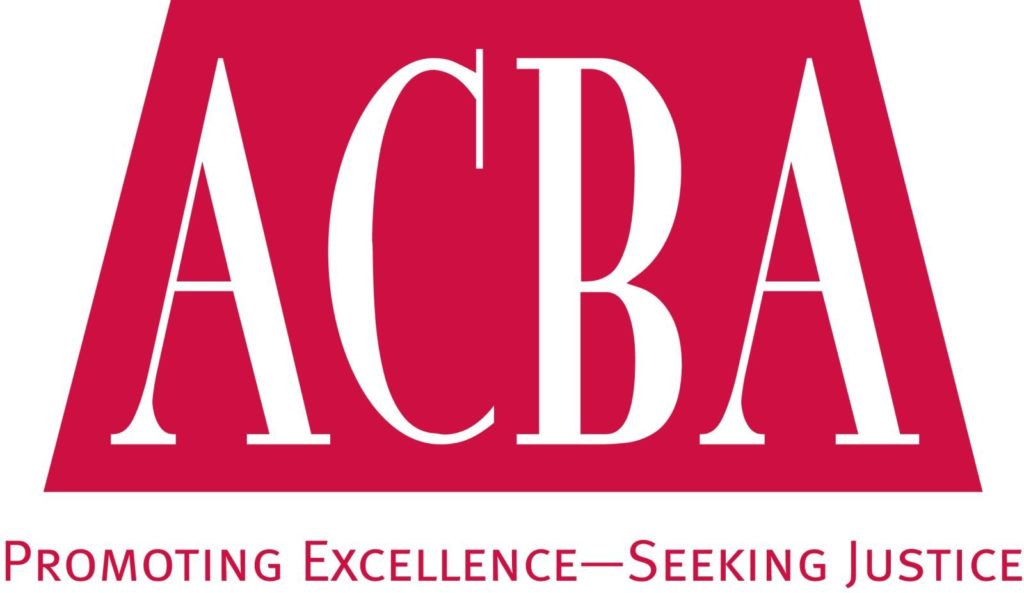Hearsay
2. Assertion. An assertion is a positive declaration, a transfer of information. ʺThe man drove south on Broadway.ʺ ʺThe woman bought an ice-cream cone.ʺ The mere fact that a conversation took place is not an assertion, nor is the fact that someone asserted something unless the assertion itself is elicited. “The paramedic advised me of her condition” is not a problem, what the paramedic actually said is. Questions are usually not assertions, nor are directives, e.g., “I told him to go to the store.” However, they may contain an implied assertion and become a problem, e.g., “I asked him why he was driving so fast.”
Nonverbal conduct can be an assertion only if it is intended to be so, as in this example: ʺThe victim pointed at the defendant when I asked her if she saw the man who did it.ʺ On the other hand, “The paralegal looked down at the unconscious victim and shook his head” would not be an assertion because none was intended. Make one little change, however–“The paralegal looked up at me and shook his head”–and it becomes an intentional assertion.
Sometimes even silence can be an assertion. ʺI asked the crowd if anyone saw anything, and nobody answered.ʺ
3. Truth of the Matter Asserted. This concept is the key to hearsay. Not all out-of-court statements are hearsay, and probably not even most, because a good trial lawyer can usually find another reason to offer the evidence besides for the truth of the matter asserted.
For example, ʺThe passenger said the light was redʺ is hearsay only when offered to show that the light was red. It is not hearsay if it is probative of another material fact–for example, the passenger could see or speak, was not color-blind, was a liar, the light was operating, the witness could hear, or the driver should have stopped when she heard that the light was red.
There are four main reasons why out-of-court assertions are not offered for the truth:
Operative words. An out-of-court statement may be permissible hearsay if the words themselves have legal significance just by being said. For example: “I accept your offer,” or “Go ahead, search the car,” or “You have the right to remain silent. Everything you say may be used against you…”
The effect on the hearer. Take, for example, a murder case, where the defendant, pleading self-defense, testifies that he had been told the victim had a loaded gun, had threatened him, and had previously killed five people. Those assertions are not being offered for their truth, but rather to show that the defendant was scared and took reasonable action given what he’d heard.
Circumstantial evidence of the declarant’s thoughts or actions. The classic example is the declarant saying “I am Napoleon.” It’s being offered to show that the declarant is crazy, not that he’s Napoleon. Another example: the defendant’s girlfriend testifies that the defendant told her that ʺOrtiz is a narc.ʺ This is not offered for the truth of the matter asserted–that Ortiz was a narc–but rather to show that the defendant thought Ortiz was a narc and therefore never would have sold drugs to him.
Completion. In many situations you can offer a statement to show completion. Evidence Code section 356 and FRE 106 allow out-of-court assertions to show why the parties acted a certain way or to provide the other side of the conversation.
Just because your opponent has very cleverly articulated one of these four bases for why the out-of-court assertion is not offered for its truth, don’t give up on your hearsay objection. If it will be difficult for the jury to take the evidence purely for its non-hearsay purpose, argue that the court should exclude it all together per Evidence Code section 352 or FRE 403. Cite the Law Revision Commission Notes to section 355 as your authority.
Next Issue. Next issue I’ll discuss the most important Hearsay Exceptions.
Tim Hallahan is the director of the Stanford Law School Trial Advocacy Skills program, a national CLE speaker and in-house trainer, cofounder of The Hecht Training Group, a litigation skills training firm and a Judicial Education Attorney at the Administrative Office of the Courts.
